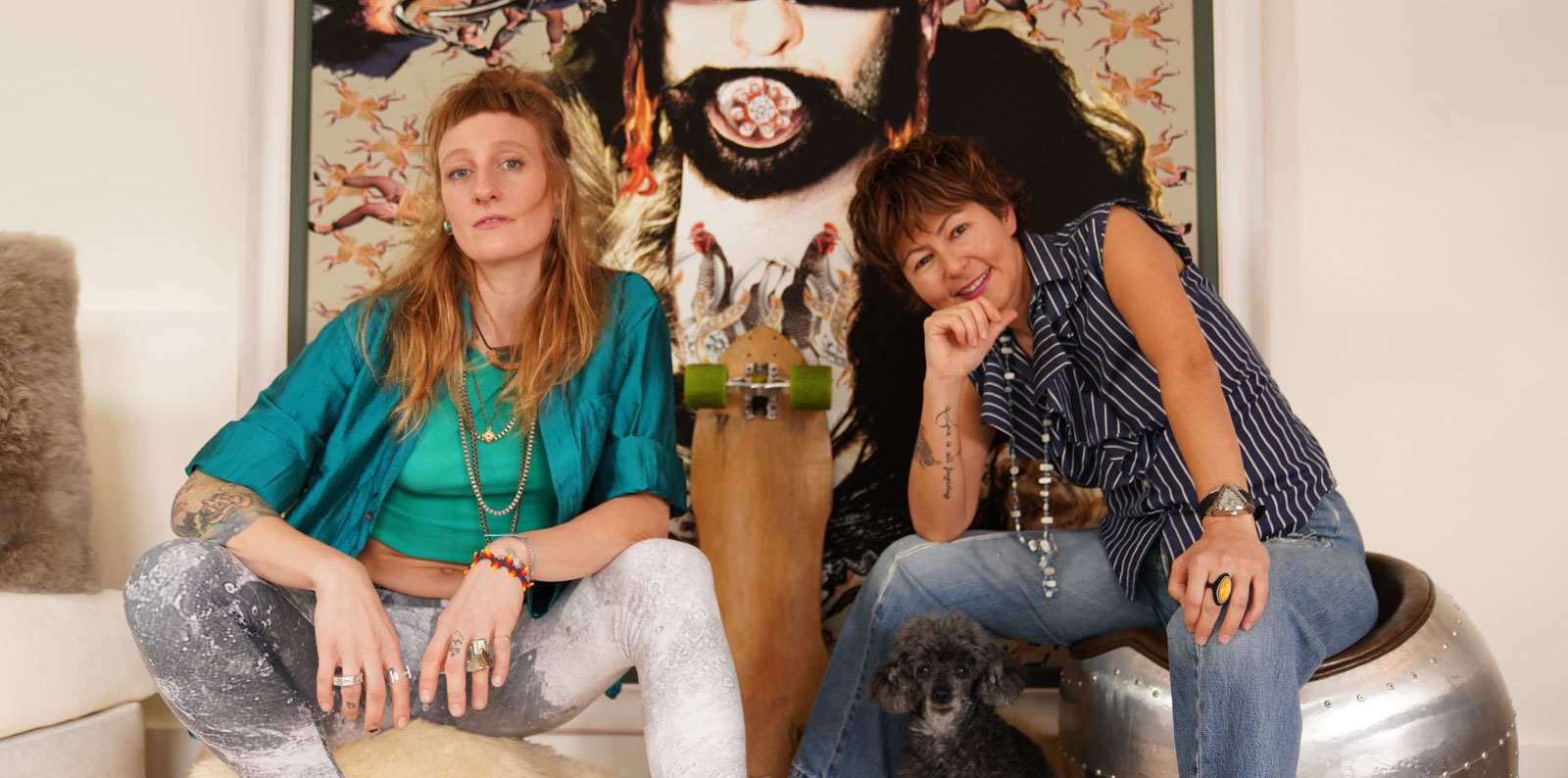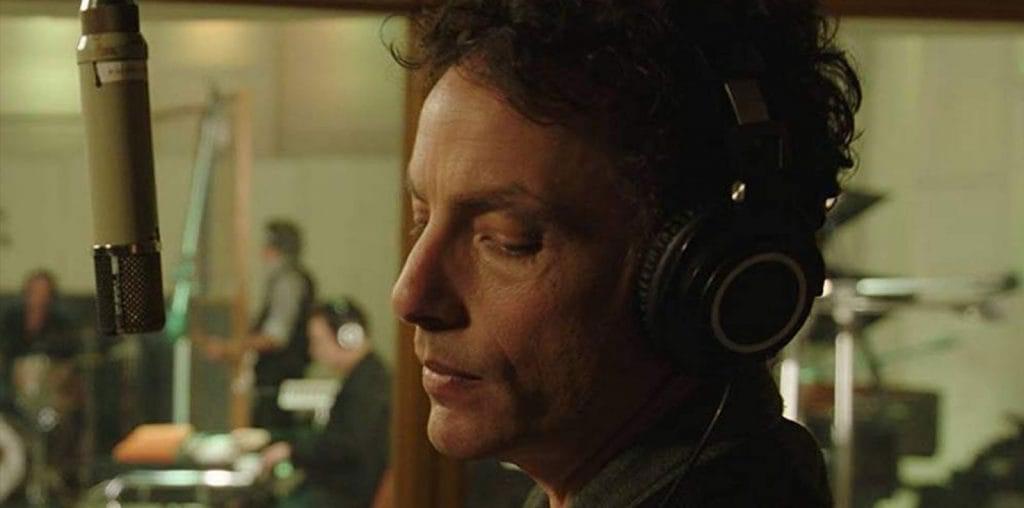
In “Videomappings: Aida, Palestine,” German born artist Till Roeskens has created a fascinating document: part community art project, part documentary. Roeskens travelled to Aida Camp, a Palestinian refugee camp in the West Bank, and set up a simple apparatus where residents could draw on pieces of white paper, while he filmed them from the other side. Since the marker bleeds through the paper, we can see their drawings as they are being made, but not the person who is drawing. The well-packaged DVD by lowave includes a bonus “making of” film, and a comprehensive booklet with essays and maps.
Roeskens asked the residents, men, women, and children, to draw maps of the camp, and of their history, while describing what they are drawing. In an area like Palestine, where every square inch of space is contested, and there is a constant struggle over who gets to define the land, the mere act of asking to Palestinians to make their own maps, while telling their own stories, is political.
Residents draw and talk about how the camp evolved from a collection of tents to a community with larger buildings. Many residents remember spots where family members and friends were killed by Israelis, often for no apparent reason. They recall large massacres. One woman draws the water tanks which preserve precious water on the roofs of buildings, remarking that Israelis often shoot these tanks.
One man tells a heartbreaking story of spending his life’s savings to buy a beautiful farm, only to have the farm destroyed and his family evicted by the Israelis. His farm becomes part of one of the illegal settlements. His drawing shows his passionate feelings about every inch of the space which was stolen from him.
In the kids’ drawings, they show the parts of their apartments which are “good hiding places.” Some draw the escape routes they used, running from snipers during the intifada. One woman describes how she takes her chronically ill child to a special hospital in Israel: it involves going through a checkpoint which is like security at an airport, but about ten times more elaborate. She makes another drawing of the way that she sneaks through the Wall, when she cannot get a permit.
The holy site of Rachel’s Tomb is outside the camp, and one family made a good living selling souvenirs. As the intifadas progress, the Israelis build a completely secure route for Jews to drive to the Tomb from Israel. The separation Wall is built completely around the family’s house, cutting them off from relatives next door and from any way of making a living.
In “Videomappings,” Till Roeskens has developed a community art project and a document of elegant simplicity and powerful eloquence. By giving refugees a simple marker, and a video camera, he has enabled them to have a voice in the highly contested narrative of who controls which spaces in Palestine.


